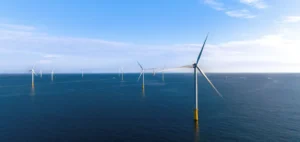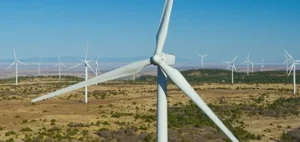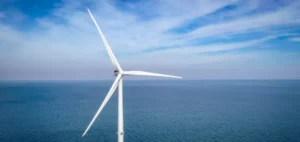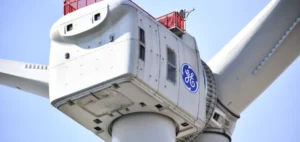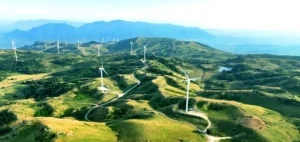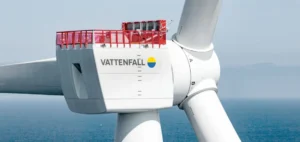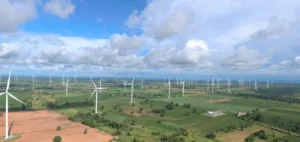Norway has announced the launch of the first phase of its inaugural floating wind tender, offering commercial development rights for a maximum capacity of 500 megawatts. The selected site, Utsira Nord, is located off the country’s south-west coast and features marine conditions suited to the installation of floating wind turbines. The process includes a two-year period following the initial award to allow selected projects to mature before competing for direct grants in 2028 or 2029.
A targeted and capped support mechanism
The Norwegian government has set a NOK35bn ($3.37bn) ceiling for subsidies allocated to the development of Utsira Nord projects. This amount reflects the still-early stage of floating wind technology compared to bottom-fixed turbines. The grants will be awarded as direct subsidies, under a mechanism specifically designed to foster technological innovation and reduce costs for future projects, according to Norway’s Minister of Energy, Terje Aasland.
The tender comes as the global offshore wind industry faces increasing costs, rising interest rates and supply chain disruptions, forcing several countries to suspend or cancel their procedures due to a lack of interest from developers. Norway continues to pursue its development strategy while adjusting its support framework to new market conditions.
Alignment with European rules and long-term planning
Although Norway is not a member of the European Union, it participates in the internal market through the European Economic Area. As such, it must comply with EU state aid rules. The EFTA Surveillance Authority (ESA) approved in April Norway’s plan to auction seabed acreage at Utsira Nord.
Floating turbines are considered especially suitable for greater water depths where traditional foundations cannot be anchored to the seabed. After awarding its first bottom-fixed offshore wind licence in 2024, Norway now plans to focus all upcoming tenders exclusively on floating wind projects.
A strategic sector amid uncertainty
The decision to focus solely on floating wind reflects a clear direction in Norway’s energy policy. The latest announcement reaffirms the authorities’ intent to support a segment seen as essential for harnessing deepwater marine areas, while respecting the economic constraints imposed by the market.
“Utsira Nord is an important first step in the development of commercial floating offshore wind on the Norwegian continental shelf,” said Terje Aasland in a statement quoted by Global Banking and Finance Review on May 19.














